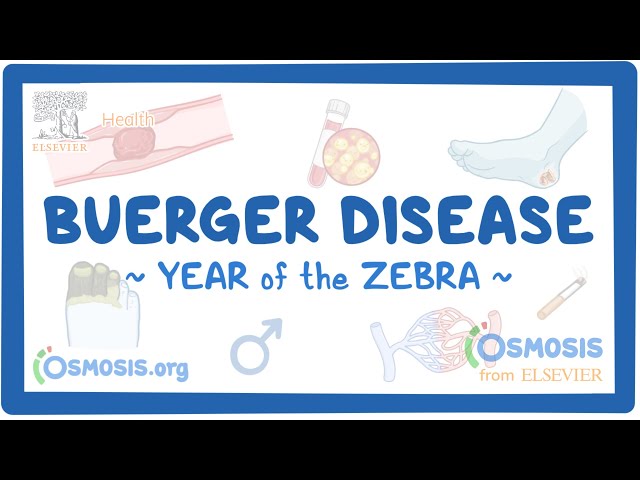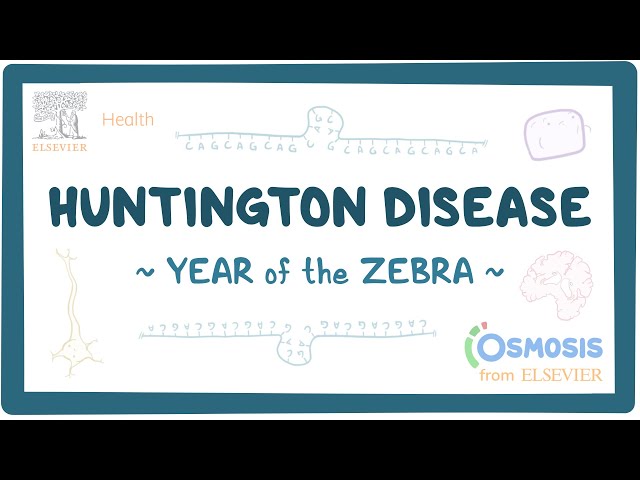This article relates to SDG 3. This resource, created together by Osmosis and the National Organization for Rare Diseases (NORD), aims to increase the knowledge and awareness about Rare Disease Education: Buerger Disease
This content aligns with Goal 3: Good Health and Wellbeing and Goal 10: Reduced Inequalities by exploring the intersections between diagnosis, stigma and labelling along with the silencing of the child's voice.
This content aligns with Goal 3: Good Health and Wellbeing and Goal 10: Reduced Inequalities by providing an in-depth review of how the COVID-19 pandemic, and subsequent physical distancing measures, impacted people with NDDs and their family members.
Nutrition paves the way to environmental toxicants and influences fetal development during pregnancy
Best Practice and Research: Clinical Obstetrics and Gynaecology, Volume 89, July 2023
This article highlights the risks of a polluted environment on reproductive health, especially via the food system.
Despite increasing attention to the mental health impacts of climate change, an absence of a clear, cross-sectoral agenda for action has held back progress against the dual and interconnected challenges of supporting human and planetary health. This study aims to serve as an essential first step to address this gap.
This paper is particularly relevant to investigations into the spread of organisms that remain close to shore over timescales of days-to-weeks, e.g., the spread of marine non-native species and pathogenetic parasites, but is equally relevant to simulations tracking the dispersal of eDNA or coastal pollutants such as oil and plastics.
This paper develops a coupling between SWAN and Thetis models to account for wave–current interactions occurring by the co-existence of wave and current flows. The different grids and time-steps employed by the model components allow greater flexibility. The two models run consecutively, and communicate internally to exchange the necessary parameters. These are the significant wave height, mean wave direction, mean wavelength and percentage of wave-breaking calculated by SWAN necessary for calculating radiation stress and wave roller effects, while Thetis provides water elevation and current velocity fields.
Review article discussing how risk factors and accumulation of environmental insults over one's life contribute to later life neurodegenerative disorders


